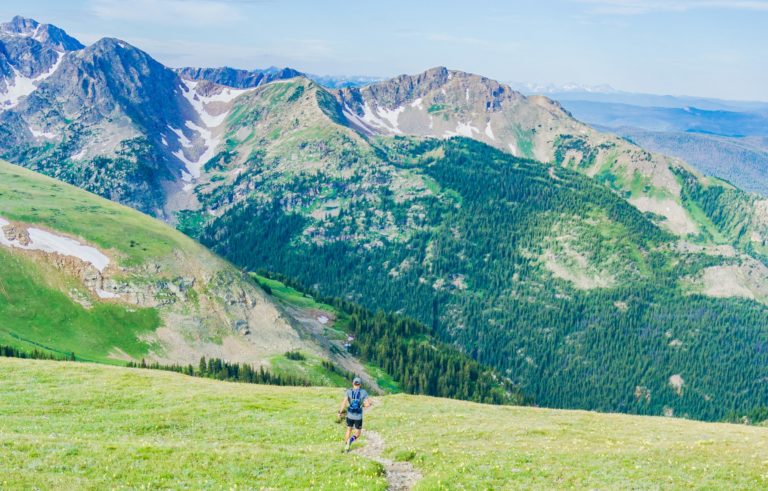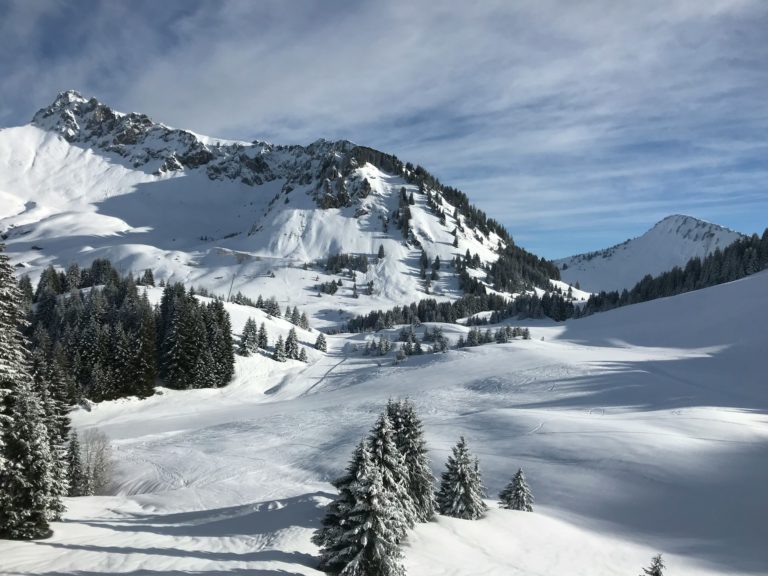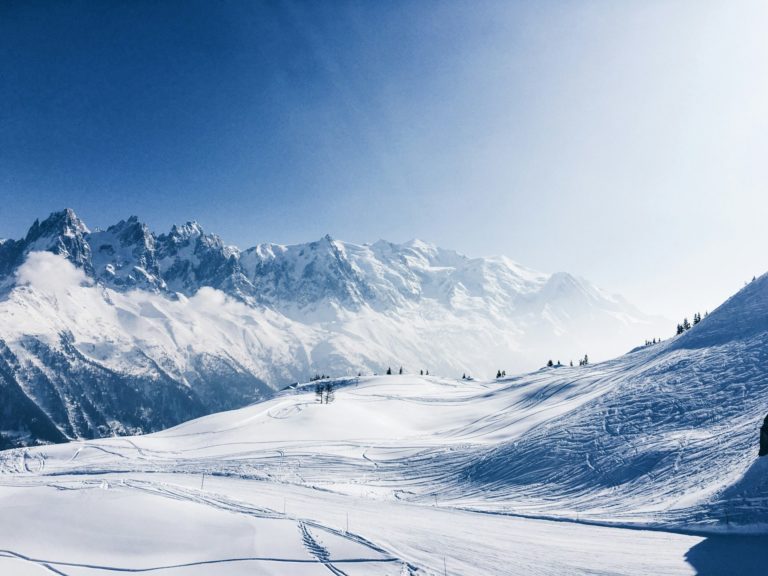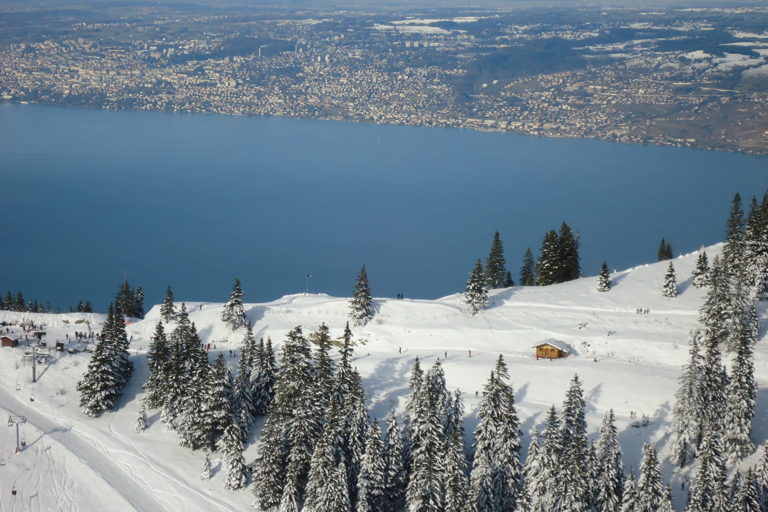Best alpine passes in Swiss
The Swiss Alps offer some of Europe’s most spectacular driving roads, with breathtaking scenery and engineering marvels that wind through snowcapped peaks. These mountain passes connecting Switzerland with neighboring France and Italy represent the ultimate playground for driving enthusiasts.
Furka Pass: Cinematic Mountain Route
Made famous in the James Bond film “Goldfinger,” Furka Pass offers driving thrills worthy of 007 himself.
Key Details:
Elevation: 2,429 meters
Length: 31 km from Gletsch to Andermatt
Surface quality: Generally good with occasional frost damage sections
Open: Mid-June to October
Difficulty: High – steep gradients with minimal guardrails
The eastern approach features technical hairpins demanding full attention, particularly on motorcycles. Minimal guardrails in exposed sections add to both the thrill and caution required. Road surface varies throughout, with occasional frost heaves and repair patches, especially early in the season.
The iconic Hotel Belvédère, perched dramatically on a curve, provides an excellent stopping point. The views across the valley are unmatched as the road clings improbably to the mountainside.
Grimsel Pass: Nature’s Grand Display
Connecting the cantons of Bern and Valais, Grimsel Pass stands as a testament to Swiss engineering excellence.
Key Details:
Elevation: 2,164 meters
Length: 38 km from Gletsch to Meiringen
Surface quality: Excellent – resurfaced in 2023 with smooth asphalt
Open: June to October (weather dependent)
Difficulty: Moderate
The northern approach from Meiringen begins gently before dramatically transforming. Higher elevations reveal bare rock formations and three stunning reservoir lakes with remarkably blue waters. The road surface remains immaculate throughout most of the route thanks to Switzerland’s rigorous maintenance schedule.
The summit features a well-positioned rest stop with a restaurant offering traditional Swiss fare and panoramic views – perfect for recovering from the challenging drive.
St. Gotthard Pass: Historical Challenge
The historic cobblestone section of Gotthard Pass offers a unique driving experience through centuries of history.
Key Details:
Elevation: 2,106 meters
Length: 64 km between Amsteg and Biasca
Surface quality: Mixed – modern asphalt with historic cobblestones (Tremola section)
Open: June to October
Difficulty: High, especially on cobblestones
The famous Tremola section on the southern side features original cobblestones that have challenged travelers for generations. These stones become particularly slippery when wet, demanding reduced speeds and careful handling, especially for motorcyclists.
The northern approach features more modern construction with smoother asphalt and wider curves, creating an interesting contrast between historical and contemporary alpine engineering.
San Bernardino Pass: Smooth Cruising
While less famous than some counterparts, San Bernardino Pass offers a more approachable yet stunning alpine experience.
Key Details:
Elevation: 2,065 meters
Length: 40 km between Thusis and Bellinzona
Surface quality: Very good – wider than typical mountain passes
Open: May to November typically
Difficulty: Low to moderate with gentler curves
The old San Bernardino road (distinct from the tunnel route) features sweeping curves rather than tight hairpins, making it approachable for less experienced alpine drivers. The route showcases Switzerland’s cultural diversity, transitioning from Germanic northern Switzerland to Mediterranean-influenced southern regions.
With consistent two-lane sections and less extreme banking in turns, the excellent road surface and superior drainage design make this pass enjoyable even shortly after rainfall.
Simplon Pass: Military Precision
Connecting Switzerland and Italy, Simplon Pass represents perhaps the most impressive engineering achievement among Swiss passes.
Key Details:
Elevation: 2,005 meters
Length: 42 km between Brig (Switzerland) and Domodossola (Italy)
Surface quality: Excellent – consistently wide and well-maintained
Open: Year-round (rare weather closures)
Difficulty: Low – one of the most accessible major passes
Originally commissioned by Napoleon for military purposes, the design features gentler gradients and less severe curves than other passes. Numerous protective galleries shield drivers from avalanches and rockfalls, creating tunnel-like sections that suddenly open to spectacular vistas.
The consistent road quality and year-round accessibility make this an excellent introduction to alpine driving.
Grand St. Bernard Pass: Ancient Crossing
This historic route has connected Switzerland and Italy since the Bronze Age, offering a journey through European history.
Key Details:
Elevation: 2,469 meters
Length: 33 km between Martigny (Switzerland) and Aosta (Italy)
Surface quality: Good but narrower than modernized passes
Open: June to October
Difficulty: Moderate to high with exposed sections
The historic hospice at the summit, which has sheltered travelers for over a millennium, makes for an essential stop. Road quality varies more on this pass than others, with the Swiss side typically offering better surfacing than the Italian approach.
Even during peak summer, this pass remains less crowded than more famous routes, offering moments of alpine solitude amidst spectacular scenery.
Nufenen Pass: Switzerland’s Highest Challenge
As Switzerland’s highest paved mountain pass at 2,478 meters, Nufenen offers an authentic alpine challenge away from tourist crowds.
Key Details:
Elevation: 2,478 meters
Length: 37 km between Ulrichen and Airolo
Surface quality: Variable – generally good with seasonal frost damage
Open: July to early October (shortest season)
Difficulty: High with steep sections and technical turns
With minimal tourist infrastructure, Nufenen maintains a wonderfully wild character. The approach from Valais features challenging switchbacks with testing gradients. Road surfaces show more character than more famous passes, with occasional frost heave creating subtle undulations in the asphalt.
The sense of accomplishment upon reaching this summit, with views back down the valley showing the conquered road winding up the mountainside, makes the challenge worthwhile.
When planning an alpine driving adventure, always check current road conditions through the official Touring Club Suisse website, as mountain weather can change rapidly. These Swiss mountain passes offer the perfect blend of driving challenge and natural splendor for any automotive enthusiast.
Note: While these passes offer unforgettable experiences, it’s essential to check current road conditions and weather forecasts before embarking on your journey, as conditions can change rapidly in alpine environments.




